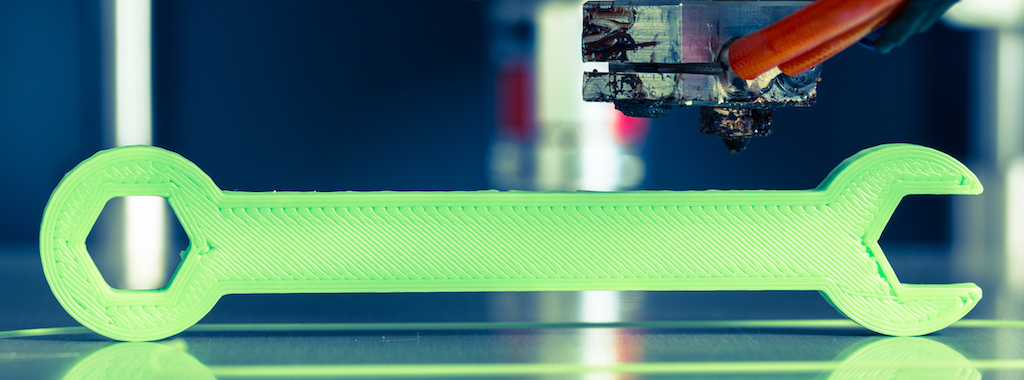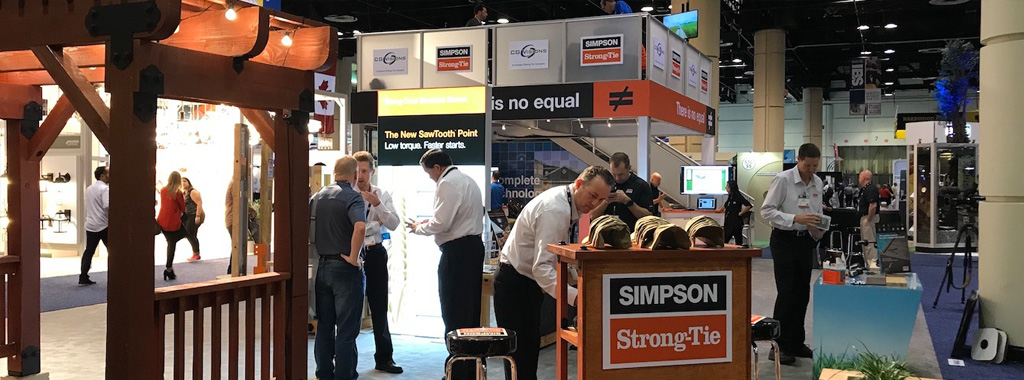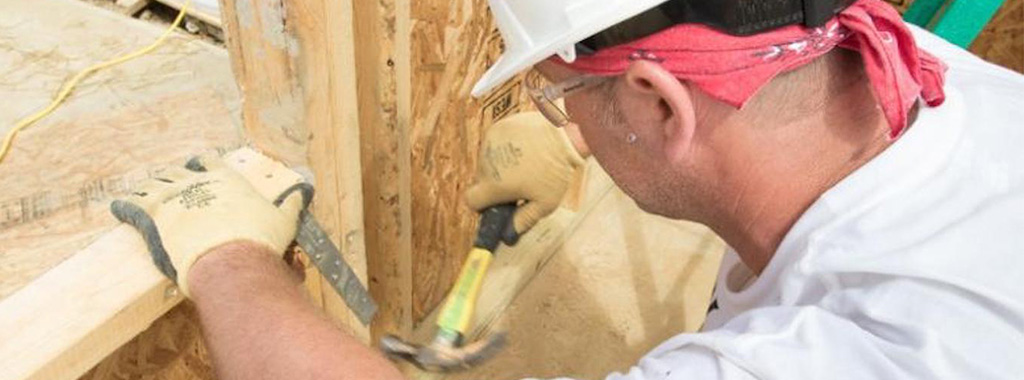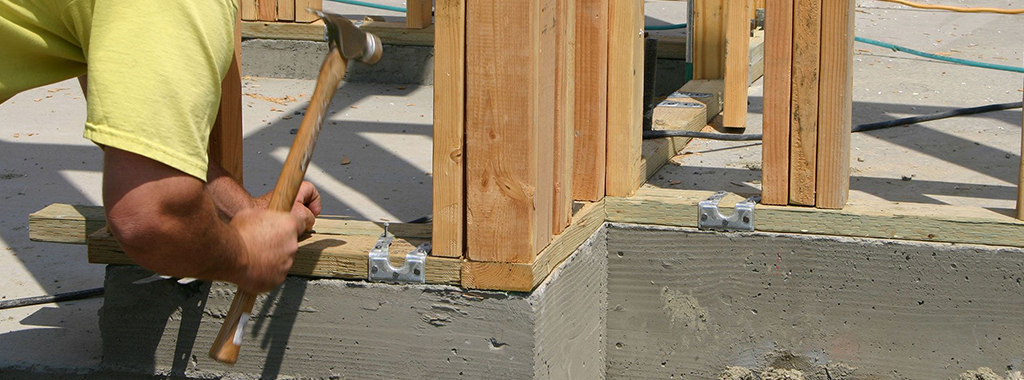Whether you call it 3D printing, additive manufacturing or contour crafting, the ability to create something — from a small tabletop model to a livable home or towering skyscraper, to list just a few possibilities — out of paper-thin materials is intriguing, and promises to shape the future of our world. So promising is this recent technology, in fact, that manufacturing industries, government entities and educational institutions have made significant investments in 3D-printing technologies. These ventures, particularly those driven by partnerships, are shaping up to have a big impact on the building and construction industry.
Continue reading “3D Printing and Its Impact on the Building and Construction Industry”
Category: Industry Trends and Insights

Are you curious about the latest trends that will shape the construction industry? Explore industry themes such as leveraging technology to make construction management more efficient and sustainable, or the latest repair and protection systems for concrete and masonry. We strive to identify these new areas and approaches, understand their impact, and offer solutions that will help our customers benefit from these developments.
News from IBS & WOC — What You Missed at the 2018 Simpson Strong-Tie Exhibit Booths
It was a muggy Tuesday morning, and thousands of people from all over the world were heading toward the long bank of doors to the Orlando Convention Center. The broad stream of people was just one of the signs that the International Builders’ Show® was underway.
Inside Hall C The Simpson Strong-Tie booth was impressive with a festively lit Outdoor Accents® pergola and shelves of Simpson hats and tee-shirts to give to booth visitors.
Continue reading “News from IBS & WOC — What You Missed at the 2018 Simpson Strong-Tie Exhibit Booths”
Simpson Strong-Tie Renews Partnership with Habitat for Humanity to Help Build More Disaster-Resilient Homes
Simpson Strong-Tie is renewing its partnership with Habitat for Humanity to continue supporting the housing organization’s efforts to make homes resilient to disasters. This is the 12th consecutive year of the partnership to help more families in need of a decent and affordable place to call home. To date, the manufacturer of structural product solutions has contributed more than $2.75 million toward Habitat’s mission.
Continue reading “Simpson Strong-Tie Renews Partnership with Habitat for Humanity to Help Build More Disaster-Resilient Homes”
Alternative Homes — the Impact of Rising Rents and Mortgages
After the collapse of the housing market in 2008, homebuilding is back on the rise, and the cost of housing is increasing nationwide. Enter: Alternative homes.
According to the United States Census Bureau, in the third quarter of 2017, the median asking price across the country for a vacant rental unit reached an all-time high of $912. In comparison, the median rental price for vacant units in 1997 was below $500 nationwide. That kind of an increase outpaces inflation, adding significant burden to the wallets of renters nationwide. What’s more, the Joint Center for Housing Studies of Harvard University (JCHS) reports that nearly 48% of renters in 2015 spent more than 30% of their income on housing, with lower-income homes being the most affected.
Continue reading “Alternative Homes — the Impact of Rising Rents and Mortgages”
Modular Building: a Faster, Higher-Quality Alternative to Stick-Built Construction
Modular construction — sometimes also known as prefabricated, prefab, prebuilt, manufactured, factory-built, or panelized construction — ain’t no stroll in the trailer park. Although double-wides and modular prefabs sometimes roll off the same factory floor, the similarities end there between mobile homes and true modular construction, which is gaining a foothold in markets as builders and developers look for higher-quality, more efficient construction processes.
Like component construction, modular building takes much of the labor off of the construction site and puts it on a factory floor, where assembly can be value-engineered to minimize waste and maximize speed and overall product quality. And while modular building includes trusses and panels, modular component facilities are much more than your run-of-the-mill truss plant.
Continue reading “Modular Building: a Faster, Higher-Quality Alternative to Stick-Built Construction”
How to Fix the Most Common East Coast Framing Errors
Of all the possible mistakes that pop up across East Coast construction sites, one easy-to-correct framing blunder continues to vex even the best builders and structural engineering experts – the use of incorrect fasteners. Despite the industry’s best training efforts, the availability of print handbooks and installation guides, and even easy-to-understand smartphone videos and graphics, framing laborers are seemingly content to bang away at various anchors, straps and plates using whatever nail happens to be loaded in the gun.
“Even with great advancements in building designs and roof and framing systems, the bigger issue remains how well those designs are executed in the field,” explains Simpson Strong-Tie builder service rep Kevin Kelly. “No matter how much training we do and how many pocket install guides we publish, the biggest issue with framing connectors is always the use of incorrect fasteners.”
Continue reading “How to Fix the Most Common East Coast Framing Errors”
Repetitive Training Needed to Fix the Most Common West Coast Framing Errors
The more things change, the more they stay the same. Take framing, for instance. In November 2009, Simpson Strong-Tie Pacific Northwest Outreach Coordinator Jim Mattison penned the article Framing Hardware Dos and Don’ts for the Journal of Light Construction, outlining some of the most common framing errors as seen in the field, including notching studs and joists around anchors, using incorrect fasteners and overdriving nails with pneumatic nailing equipment.
So what’s evolved out there on the jobsite in the eight years since? “Not much,” bemoans Mattison, who says common framing mistakes still vex most of the builders he visits across the Western US. “When it comes to installing the hardware, the problems that plagued the industry in 2009 persist today, and while some of the hardware has changed in configuration and use, simple installation errors regarding use of incorrect fasteners and fastener overdrive are still happening frequently.”
Continue reading “Repetitive Training Needed to Fix the Most Common West Coast Framing Errors”
Home Improvement Projects Done Without Permits Jeopardizes Home Sales and Contractor Reputations
In late July 2017, the Los Angeles County Superior Court finally dropped the gavel on Mohamed Hadid, sentencing the mega-mansion builder – and father of supermodels Bella and Gigi Hadid – to three years of probation, 200 hours of community service, and more than $3,000 in fines for unpermitted construction on a 30,000 square foot home perched over a Bel Air, Calif. hillside.
Dubbed by Curbed L.A. as the country’s “most illegal mansion,” the sprawling compound boasted pool decks, an IMAX theater, and an entire ground floor that city planners said were never approved. Between 2011 and 2015, ownership of the property changed hands five times even as Hadid stayed on as a developer, allegedly engaging in unpermitted grading and hiding illegal construction behind tarps and taped over doors and windows.
Continue reading “Home Improvement Projects Done Without Permits Jeopardizes Home Sales and Contractor Reputations”
Creating Resilient Buildings and Communities
There’s been a lot of discussion recently about resilient buildings and resilient communities, including what it means to be resilient, why it’s important, whether it’s possible within budget constraints, and how it can be achieved. The 100 Resilient Cities Rockefeller Foundation initiativedefines “urban resilience” as “the capacity of individuals, communities, institutions, businesses and systems within a city to survive, adapt and grow no matter what kinds of chronic stresses and acute shocks they experience.”
The discussions have noted that communities are made up of several components — such as buildings, infrastructure, water, power and communication — that all need to be considered when developing a plan for resilience. Even though community resilience is multifaceted, the resiliency of buildings is a crucial component because research shows that Americans spend 90% of their day inside buildings.
Continue reading “Creating Resilient Buildings and Communities”
Triple Feature: Three Companies Join Forces to Enhance Jobsite Safety
Simpson Strong Tie, Bosch Power Tools, and Ergodyne Work Gear team up for the ultimate road trip.
Quick, what do the Atlanta Falcons and Apple Computer have in common? Give up? Well of course they’re both incredibly popular consumer brands, but they’re also both behind some of the biggest U.S. construction projects in recent history. And that’s not all: Apple’s $5 billion mothership headquarters in Cupertino, Calif. and the Falcons’ $1.6 billion Mercedes-Benz Stadium were also recent stops on the Bosch Power Tour, a contractor safety and tool demonstration road trip that last year hit close to 200 jobsites across the country.
Continue reading “Triple Feature: Three Companies Join Forces to Enhance Jobsite Safety”











